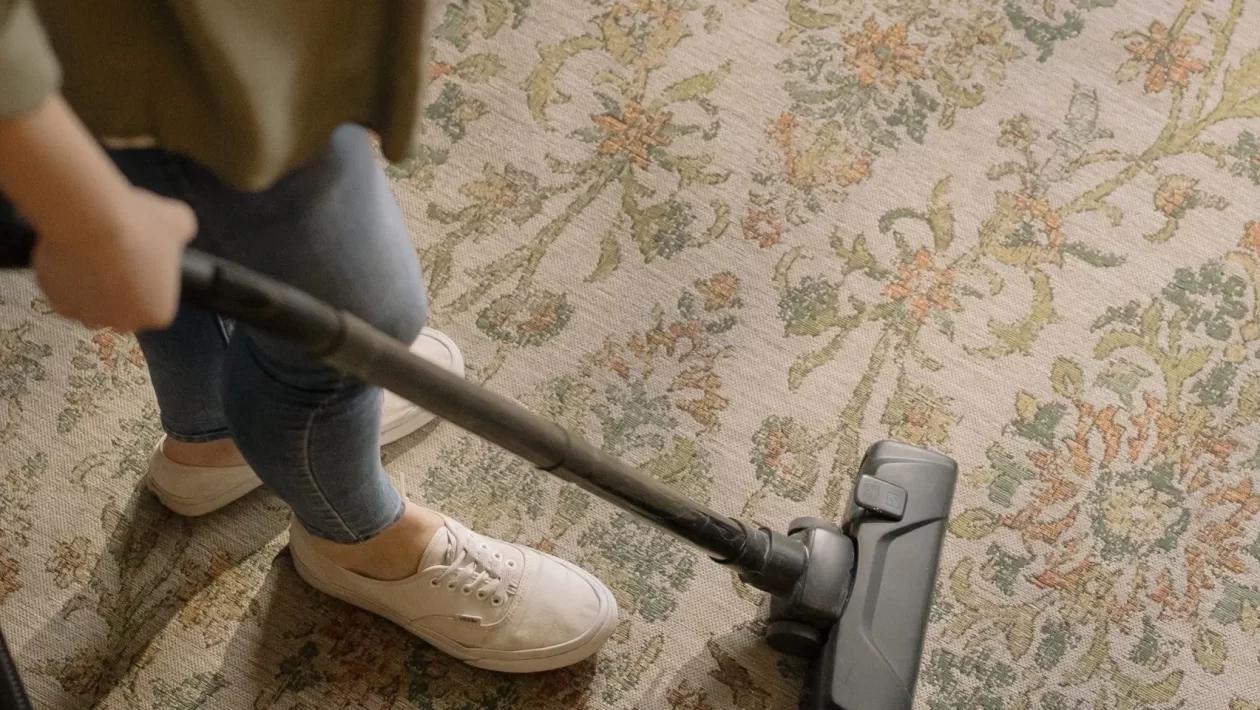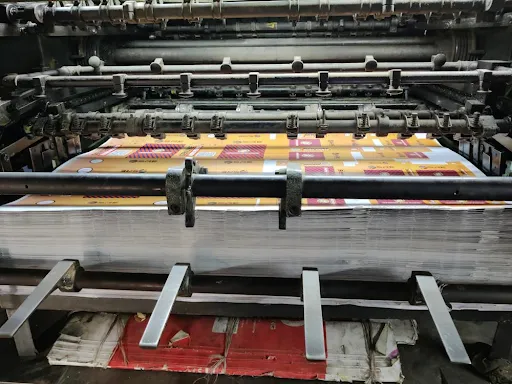Maintaining a clean home is made easy and effective with a central vacuum system. Although it is meant to be low maintenance, regular upkeep is still necessary for it to perform at its peak, just like any other household device. In addition to guaranteeing optimal performance, proper maintenance also increases the system’s longevity. We’ll go over important upkeep advice for your central vacuum system in this post, including how to take care of the hose.
Know Your Central Vacuum System Inside and Out
It is essential to comprehend the operation of your central vacuum system before delving into maintenance advice. A central power unit, several ducts extending throughout your house, and a number of attachments, such as the central vacuum hose, make up a central vacuum system. For optimum performance, each component must get routine maintenance.
The Central Power Unit
The central power unit is the heart of your system. It’s typically located in a garage, basement, or utility room and is responsible for creating suction.
The Ductwork
The ductwork is a system of pipes that connects the central unit to different outlets throughout your house by passing through the walls and floors.
The Hose and Attachments
The central vacuum hose and attachments are what you’ll use most often. They’re designed for various cleaning tasks and require regular care.
Regular Maintenance Checks
Regular checks can prevent major issues and keep your central vacuum system running smoothly.
Inspect the Power Unit
- Check the central unit for any signs of wear or damage.
- Listen for any unusual noises during operation, which could indicate a problem.
Examine the Ductwork
- Ensure there are no blockages in the ductwork.
- Look for signs of wear or damage to the pipes.
Care for the Hose and Attachments
- Regularly inspect the hose for cracks, holes, or other damage.
- Check the attachments for blockages or damage.
Cleaning the Central Vacuum System
Cleaning the Power Unit
- Empty the debris collection area regularly. For bagless models, clean the collection bin, and for those with bags, replace them as needed.
- Wipe down the exterior of the unit to prevent dust buildup.
Clearing Ductwork Blockages
- If you suspect a blockage, you can clear it by creating a “blockage buster” with a bunch of rags tied together. Insert it into the ductwork and then turn on the system to pull it through.
- For persistent blockages, consider hiring a professional to clean the ductwork.
Maintaining the Hose and Attachments
- Clean the hose by stretching it out and running a rag through it.
- Wash any washable filters and replace non-washable ones as recommended by the manufacturer.
- Keep the attachments clean and free from debris to ensure they work effectively.
Seasonal Maintenance Tips
Seasonal maintenance can help you address specific issues that may arise at different times of the year.
Spring and Summer
- Spring is a good time for a thorough cleaning of the entire system.
- Check for any pest infestations, which are more common in warmer months.
Fall and Winter
- Prepare for increased indoor usage by checking all components of your system.
- Ensure your system is free from dust and debris that could affect indoor air quality during months when homes are typically sealed off from outside air.
Professional Maintenance and Service
While many maintenance tasks can be done yourself, some require professional assistance.
When to Call a Professional
- If you notice a significant drop in suction power.
- If there’s an unusual noise or vibration from the central unit.
- For regular, professional deep cleaning of the system.
Choosing the Right Service
- Look for a service provider with experience in central vacuum systems.
- Check for reviews or ask for recommendations from other central vacuum users.
The Role of the Central Vacuum Hose in System Maintenance
The central vacuum hose is a critical component and requires specific care.
Hose Care Tips
- Avoid kinking or twisting the hose as it can lead to cracks or breaks.
- Store the hose properly, hanging it in a cool, dry place.
- Regularly check for any blockages or buildup inside the hose.
Replacement and Upgrades
- Consider replacing the hose if it’s damaged or showing signs of wear.
- Upgrading your hose can improve the functionality and efficiency of your central vacuum system.
The Health Benefits of Cleaning Your Central Vacuum System
A well-maintained central vacuum system is not just a convenience; it’s a significant contributor to the overall healthiness of your home environment. Regular cleaning and maintenance of your central vacuum can have a direct impact on the air quality inside your home and, consequently, on the health of its occupants.
Improved Indoor Air Quality
One of the most significant health benefits of a clean central vacuum system is the improvement in indoor air quality. Central vacuum systems are designed to remove dust, allergens, and other airborne particles from your living spaces more effectively than traditional vacuums.
H3: Removal of Allergens and Pollutants
- Deep Cleaning: Central vacuum systems are more powerful than conventional vacuums, meaning they can more effectively pull allergens like pollen, pet dander, and dust mites out of your carpets and upholstery.
- Reduced Recirculation: Unlike portable vacuums that can recirculate dust, a central vacuum system expels the dirt and debris outside of your living area, preventing these allergens from being recirculated into the air you breathe.
Prevention of Mold and Mildew
A clean central vacuum system also helps in preventing the growth of mold and mildew, which are known to cause various health issues.
H3: Moisture Control
- Proper Ventilation: Ensuring that your central vacuum system is free of clogs and blockages helps maintain proper ventilation, reducing the damp conditions that mold and mildew thrive in.
- Regular Checks: Routine inspections and cleaning can identify any moisture issues in the system early, preventing the growth of harmful molds.
Conclusion
Maintaining your central vacuum system is key to ensuring it operates efficiently and lasts for many years. Regular checks, cleaning, and professional servicing when needed are all part of good maintenance practice. Paying special attention to the central vacuum hose and other attachments can prevent minor issues from becoming major problems. With these tips, you can enjoy the full benefits of your





